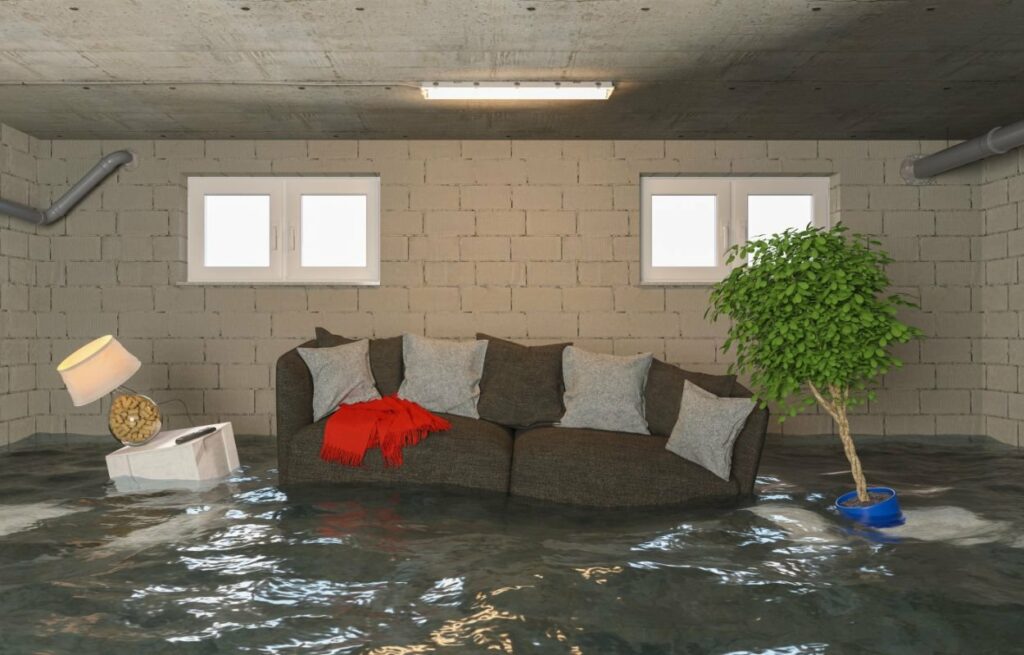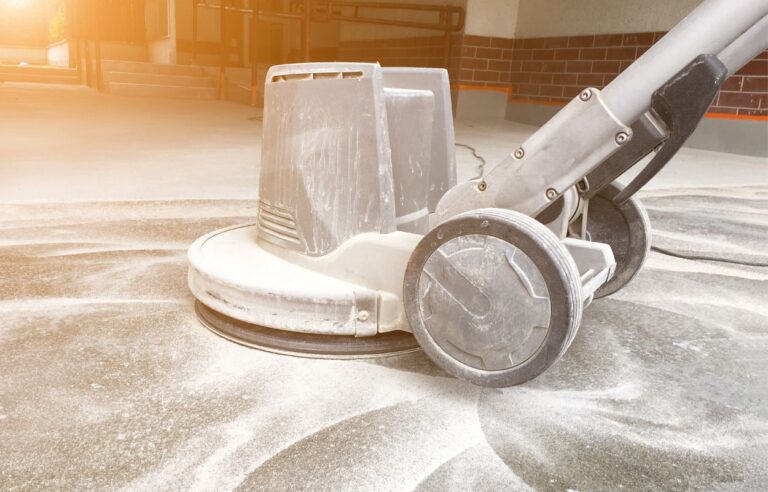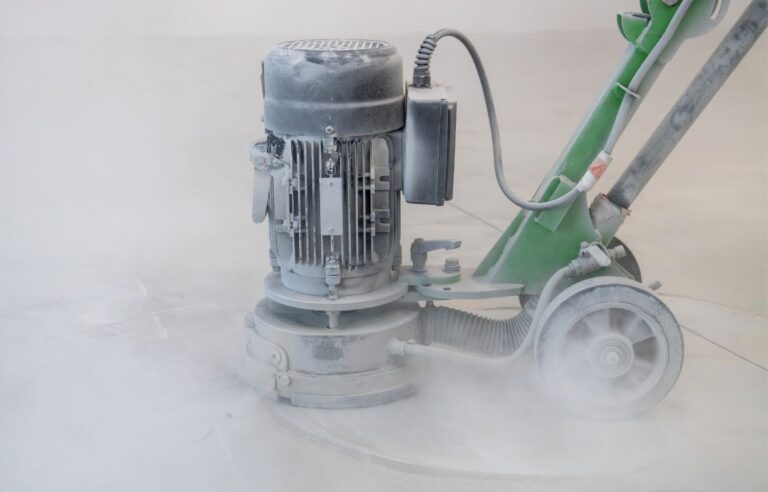
Dealing with the aftermath of a flood can be overwhelming. One minute, your home is safe and dry, and the next, water has invaded every corner. The sight of soaked furniture, ruined carpets, and warped walls is enough to make anyone feel lost. But before you try to tackle it all on your own, there’s something important to consider—flood damage isn’t always as obvious as it seems. That’s why bringing in a professional to inspect the damage and remove ruined items is the best step forward.
WHY A PROFESSIONAL INSPECTION IS CRUCIAL
After a flood, some damage is easy to see. Floors may be covered in water, walls might be discoloured, and certain items could be beyond saving. But there’s a lot you can’t see. Water has a way of seeping into the structure of your home, making its way into walls, insulation, and even the foundation. That’s why a professional inspection is so important.
When you bring in a flood remediation expert, they don’t just look at what’s on the surface. They use specialized tools like moisture meters and thermal imaging cameras to detect hidden water damage. This helps them determine what can be saved and what needs to go. Without this step, you could end up with lingering moisture, which leads to mold, mildew, and structural issues down the line.
A thorough inspection will also identify any safety hazards. Floodwater isn’t just water—it often carries bacteria, sewage, and harmful chemicals. Professionals know how to assess the level of contamination and determine which materials pose a health risk. Handling this on your own could expose you and your family to dangerous substances, so leaving it to the experts is the safest choice.
THE PROCESS OF DAMAGE ASSESSMENT
Once the professionals arrive, they go through a step-by-step process to evaluate the damage. It starts with a visual inspection, but they also take a closer look at moisture levels and potential hidden damage. Here’s what you can expect:
Checking Structural Integrity: Water weakens materials like drywall, wood, and flooring. If these aren’t inspected properly, they could lead to long-term damage or even collapse. A professional will determine which areas of your home are still strong and which ones need to be removed.
Detecting Hidden Moisture: Even after visible water is removed, moisture can remain trapped inside walls, beneath floors, and in insulation. Experts use moisture meters to find these problem areas before they turn into mold breeding grounds.
Assessing Contaminated Items: Anything that has come into contact with floodwater is at risk of contamination. Professionals will determine what can be salvaged and what needs to be disposed of for health and safety reasons.
REMOVING RUINED ITEMS
Once the damage has been assessed, the next step is removing anything that can’t be saved. This part of the process is crucial because leaving water-damaged items behind can cause further issues. Mold can start growing in just 24 hours, and the longer wet materials sit, the worse the problem becomes.
WHAT NEEDS TO GO?
Unfortunately, not everything can be saved after a flood. Here are some of the most common items that professionals might remove:
Carpets and Rugs: These absorb water quickly, and if they aren’t dried immediately, they become a breeding ground for bacteria and mold. Most water-damaged carpets and padding need to be removed.
Furniture: Sofas, mattresses, and upholstered chairs soak up floodwater, making them difficult to clean and disinfect. In most cases, these need to be disposed of.
Drywall and Insulation: Once water seeps into drywall and insulation, it loses its strength and can’t be restored. Professionals will cut out damaged sections to prevent mold growth.
Wood Flooring and Subflooring: While some hardwood floors can be saved if dried quickly, many types of wood absorb water and warp beyond repair. Experts will determine whether the flooring can be salvaged or needs replacement.
Electronics and Appliances: Water and electricity don’t mix. Any electronic devices or appliances exposed to floodwater are usually unsafe to keep and need to be removed.
SAFE AND EFFICIENT DISPOSAL
Once it’s clear what needs to go, professionals handle the removal process efficiently and safely. This means you don’t have to worry about hauling heavy, damaged items or exposing yourself to contaminants. Many remediation companies also handle proper disposal, ensuring that hazardous materials are discarded in compliance with local regulations.
By letting professionals take care of the removal, you avoid the risk of spreading bacteria or mold throughout your home. They have the necessary protective gear and equipment to handle contaminated materials without putting anyone at risk.
WHY ACTING FAST MATTERS
Time is not on your side after a flood. The longer damaged items sit, the worse the situation becomes. Here’s what happens when flood-damaged materials aren’t removed quickly:
Mold Growth: Mold spores thrive in damp conditions. If water-damaged materials aren’t removed, mold can spread throughout your home, leading to respiratory issues and costly remediation efforts.
Structural Damage: Water weakens materials over time. The longer wet drywall, flooring, or wooden structures remain in place, the more they deteriorate, leading to bigger repair bills.
Unpleasant Odors: Standing water and damp materials create musty, lingering odors that are tough to eliminate. Removing ruined items promptly helps prevent these smells from setting in.
CHOOSING THE RIGHT PROFESSIONALS FOR THE JOB
Not all flood remediation companies are the same, so choosing the right one is important. Here’s what to look for when hiring professionals to inspect and remove damaged items:
Experience and Certification: A reputable company will have trained technicians certified in flood damage assessment and removal.
Fast Response Time: Flood damage gets worse with time. Look for a company that offers emergency services and can arrive quickly.
Proper Equipment: The right team will have advanced tools like moisture detectors, protective gear, and heavy-duty removal equipment.
Disposal Services: A good remediation company doesn’t just remove damaged items—they ensure they are disposed of safely and legally.
THE STRESS-FREE SOLUTION
Handling flood damage alone can be exhausting, stressful, and even dangerous. Bringing in professionals to inspect the damage and remove ruined items takes the burden off your shoulders. Instead of worrying about mold, contamination, and heavy lifting, you can focus on getting your home and life back to normal.
Flood remediation isn’t just about drying things out—it’s about making sure your home is safe, clean, and free from hazards. If you’ve recently experienced flooding, don’t wait. Find a trusted team for flood remediation near me and let them handle the damage while you focus on moving forward.





